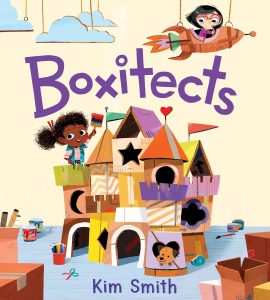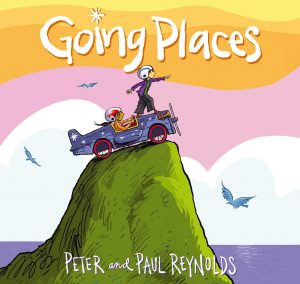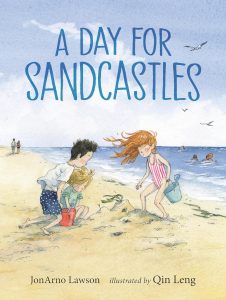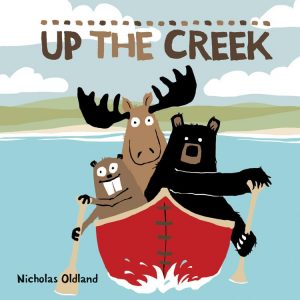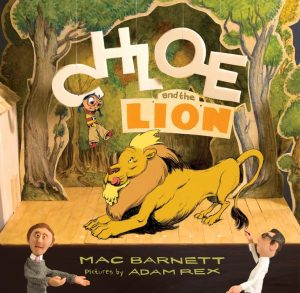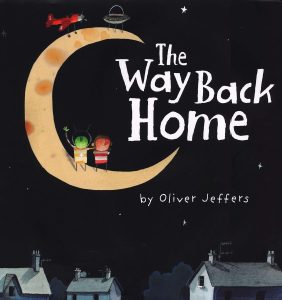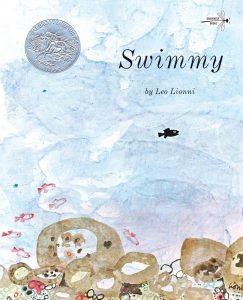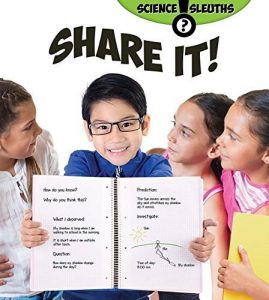Communication is one of the three Core Competencies in the BC Curriculum; Collaborating is one of two components of this competency. Listed below are selected teacher resources, picture books, and non-fiction related to communication and collaborating.
La communication est l’une des trois compétences de base du programme d’études de la Colombie-Britannique ; la collaboration est l’une des deux composantes de cette compétence. Vous trouverez ci-dessous une sélection de ressources pour les enseignants, de livres d’images et d’ouvrages non romanesques liés à la communication et à la collaboration.
Ressources pour les enseignant (Teacher Resources)
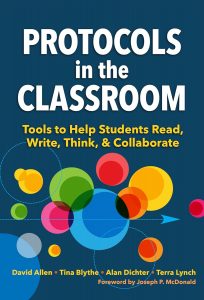 Protocols in the classroom: Tools to help students read, write, think, & collaborate,
Protocols in the classroom: Tools to help students read, write, think, & collaborate,
by David Allen, Tina Blythe, Alan Dichter, & Terra Lynch; foreword by Joseph P. McDonald
Niveau scolaire (Grade level): 8 – 12
This book provides teachers with the tools they need to use discussion protocols to support students in developing crucial skills and habits as readers, writers, critical thinkers, and active participants within the classroom community. The authors detailed descriptions of protocols for four critical purposes: entering into and engaging with texts of many different types; sharing perspectives on questions, issues, or topics; giving and receiving important feedback on works in progress; and exploring one’s own unique learning style.
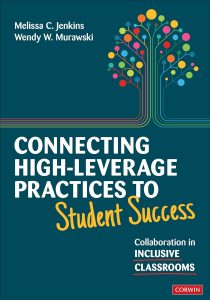 Connecting high-leverage practices to student success : collaboration in inclusive classrooms,
Connecting high-leverage practices to student success : collaboration in inclusive classrooms,
by Melissa C. Jenkins & Wendy W. Murawski
Niveau scolaire (Grade level): Préscolaire – 12 (Pre-K – 12)
Collaboration and co-teaching are concepts that have long been central to inclusive education. More recently, evidence-based and high-leverage practices (EBPs and HLPs) have gained recognition as highly effective tools to improve student learning and behavior in both general and special education classrooms. High-leverage practices are the fundamentals of teaching. These practices should be used constantly and are critical to helping students learn important content.
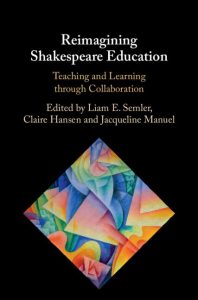 Reimagining Shakespeare education: teaching and learning through collaboration,
Reimagining Shakespeare education: teaching and learning through collaboration,
by L. E. Semler, Claire Hansen & Jacqueline Manuel
Niveau scolaire (Grade level): Kindergarten – 12
Shakespeare education is being reimagined around the world. This book delves into the important role of collaborative projects in this extraordinary transformation. Structured into thematic sections covering engagement with schools, universities, the public, the digital and performance, the chapters offer vivid insights into what it means to teach, learn and experience Shakespeare in collaboration with others.
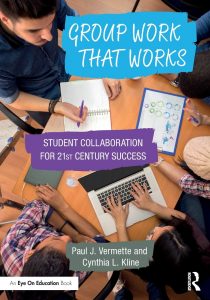 Group work that works: Student collaboration for 21st century success,
Group work that works: Student collaboration for 21st century success,
by Paul J. Vermette & Cynthia L. Kline
Niveau scolaire (Grade level): Kindergarten – 12
The authors offer their Dual Objective Model as a tool for improving students’ academic achievement and problem-solving skills, while encouraging their social and emotional development. Includes discussion of how to assign meaningful tasks that require students to rely on one another; build efficient teams, purposefully monitor group dynamics, and assess group projects effectively; and motivate students to see the importance of personal and group responsibility. (E-book only)
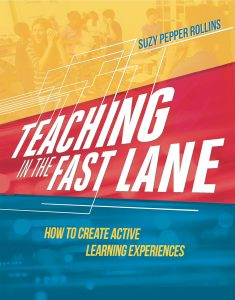 Teaching in the fast lane: How to create active learning experiences,
Teaching in the fast lane: How to create active learning experiences,
by Suzy Pepper Rollins
Niveau scolaire (Grade level): Kindergarten – 12
The author details how to design, manage, and maintain an active classroom that balances autonomy and structure. The book offers student-centered, practical strategies on sorting, station teaching, and cooperative learning that will help teachers build on students’ intellectual curiosity, self-efficacy, and sense of purpose.
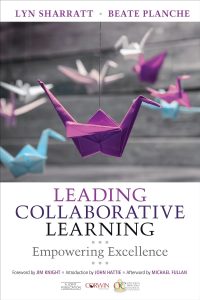 Leading collaborative learning: Empowering excellence,
Leading collaborative learning: Empowering excellence,
by Lyn Sharratt and Beate Planche
Niveau scolaire (Grade level): Kindergarten – 12
This book provides a strategic path to achieving sustainable communities of collaborative learners. Research-proven inquiry techniques, vignettes, case studies and action-oriented protocols help teachers, principals, and schools system leaders to build strong learning relationships for high-impact student achievement. Includes discussion of how to integrate diverse views and perspectives; build students’ cognitive, interpersonal, and intrapersonal skills; and build a collaborative culture through learning together. (E-book only)
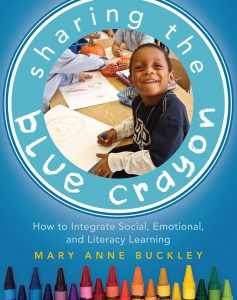 Sharing the blue crayon: How to integrate social, emotional, and literacy learning,
Sharing the blue crayon: How to integrate social, emotional, and literacy learning,
by Mary Anne Buckley
Niveau scolaire (Grade level): Kindergarten – 3
The author shows teachers how to incorporate social and emotional learning into a busy day and then extend these skills to literacy lessons for young children. Through simple activities such as read-alouds, sing-alongs, murals, and performances, students learn how to get along in a group, empathize with others, develop self-control, and give and receive feedback, all while becoming confident readers and writers.
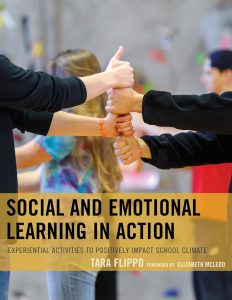 Social and emotional learning in action: Experiential activities to positively impact school climate,
Social and emotional learning in action: Experiential activities to positively impact school climate,
by Tara Flippo
Niveau scolaire (Grade level): Kindergarten – 12
This book identifies five interrelated cognitive, affective, and behavioral competencies that are key aspects of social and emotional development programs: self-awareness, self-management, social awareness, relationship skills, and responsible decision making.
Les livres d’images (Picture Books)
by Kim Smith
Niveau scolaire (Grade level): Préscolaire – 2 (Pre-K – 2)
Meg is a brilliant and creative boxitect. But there’s a new kid at Maker School: Simone. Simone is good at everything, and worst of all, she’s a boxitect too. When the annual Maker Match is held, Meg and Simone are paired as a team but can’t seem to stop arguing. When their extraordinary project turns into a huge disaster, they must find a way to join creative forces, lift each other up, and work together.
by Peter H. Reynolds & Paul A. Reynolds; illustrated by Peter H. Reynolds
Niveau scolaire (Grade level): Préscolaire – 3 (Pre-K – 3)
It’s time for this year’s Going Places contest! Rafael has looked forward to the Going Places contest and builds his go-cart from a kit in record time, but his neighbour, Maya, has a much more interesting and creative idea for her entry and Rafael decides to help.
by JonArno Lawson; illustrated by Qin Leng
Niveau scolaire (Grade level): Préscolaire – 3 (Pre-K – 3)
Three siblings begin work on a castle, patting and shaping the sand as the sun arcs over the sky. Time and again, their progress is halted: a windswept hat topples their creation; a toddler ambles through it; the tide creeps close, and then too close. Meeting each demolition with fresh determination, the builders outdo themselves time and again, until the moment arrives to pile back into the bus for home.
by Nicholas Oldland
Niveau scolaire (Grade level): Préscolaire – 2 (Pre-K – 2)
When a bear, a moose, and a beaver – who are the best of friends – go on a canoe trip, they have all sorts of disagreements. When they find themselves stranded up the creek, they decide that working together is the only way to make it home safely.
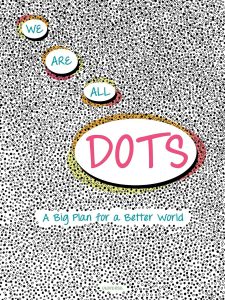 We are all dots: A big plan for a better world,
We are all dots: A big plan for a better world,
by Giancarlo Macri & Carolina Zanotti
Niveau scolaire (Grade level): Kindergarten – 4
Beginning with a set of prosperous dots on one page and another set of impoverished dots on the other, this book takes readers through the dots’ struggle to bridge their differences. Just when it looks like they will be forever doomed, they work together to find a solution that will help them all. Great things happen when we learn to share and work together.
by Mac Barnett, illustrated by Adam Rex
Niveau scolaire (Grade level): Préscolaire – 3 (Pre-K – 3)
Mac, the author of this book, fires Adam, the illustrator, over their artistic differences about Chloe, the main character of their book, over whether she should be scared by a lion or a dragon. Eventually, Mac realizes both of their talents are needed and they must work together or their story about Chloe will never be finished.
by Oliver Jeffers
Niveau scolaire (Grade level): Préscolaire – 3 (Pre-K – 3)
Stranded on the moon after his extraordinary airplane takes him into outer space, a boy meets a marooned young Martian with a broken spacecraft, and the two new friends work together to return to their respective homes.
by Leo Lionni
Niveau scolaire (Grade level): Préscolaire – 2 (Pre-K – 2)
Swimmy is a happy black fish who lives in a school of red fish, until a big tuna eats all of his brothers and sisters. Lonely and sad, Swimmy searches the sea and finally finds another school of red fish. These fish are too frightened to swim in the ocean, so Swimmy comes up with a plan that will help them all swim in the ocean together.
Non-fiction
by Azza Sharkawy
Niveau scolaire (Grade level): 2 – 5
Collaboration and communication are important 21st-century skills and key science practices. Using accessible examples, readers will discover how scientists work together, and share ideas and information that they collect in their observation notebooks. Part of the Science sleuths series.
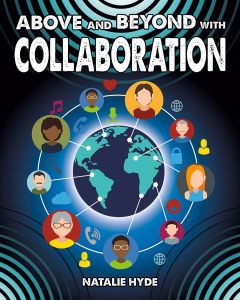 Above and beyond with collaboration,
Above and beyond with collaboration,
by Natalie Hyde
Niveau scolaire (Grade level): 5 – 9
Collaboration skills, or the ability to effectively work with people, are in high demand in today’s connected world. The ability to work with diverse individuals across diverse platforms in our online world is essential in the 21st century. This book explores the skills and practices needed to be a successful collaborator in any situation covering topics such as establishing responsibilities, developing plans, and becoming socially aware. Part of the Fueling your future series.
Trouver d’autres ressources
Voici quelques conseils pour trouver d’autres ressources dans ce domaine :
- Sur la page principale du site de la bibliothèque de l’UBC, utilisez la boîte de recherche générale pour rechercher des matériaux à travers toutes les succursales de la bibliothèque de l’UBC.
- Pour limiter vos résultats aux matériels disponibles à la Bibliothèque de l’éducation, visitez le site web de la Bibliothèque de l’éducation et effectuez une recherche à l’aide de la case “Search Education Resources” située dans la bande à gauche de l’écran.
- Remarque : les ressources étant principalement cataloguées en anglais, les termes ci-dessous donnent généralement plus de résultats que les recherches effectuées en français. Vous pouvez filtrer votre liste de résultats par langue dans la barre latérale de gauche.
- Utilisez des termes de recherche spécifiques, tels que
- “classroom management”, “inclusive education”, “group work in education”, “cooperation” OR “helping behaviour” AND “child*”
- Pour trouver des plans de cours, incluez “lesson plans”, “lesson planning”, or “activity programs” dans vos termes de recherche.
Finding More Resources
To find more resources in this area, try the following:
- Search using the General tab on the UBC Library website to look for material in all UBC Library branches.
- Search using “Search Education Resources” box in the left hand bar on the Education Library website to limit your results to physical materials in the Education Library.
- Use specific search terms, such as
- “classroom management”, “inclusive education”, “group work in education”, “cooperation” OR “helping behaviour” AND “child*”
- To find lesson plans, include “lesson plans”, “lesson planning”, or “activity programs” in your search terms.

